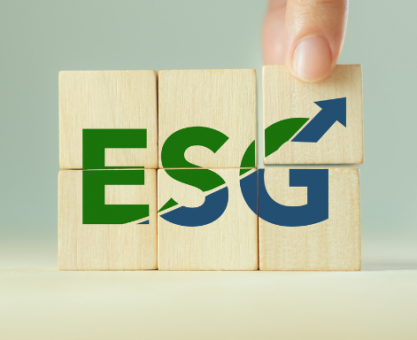Executive Summary
-
Green bonds are financial instruments designed to fund projects with positive environmental impacts.
-
They play a critical role in advancing the circular economy by financing sustainable projects.
-
The market for green bonds is expanding rapidly, attracting both investors and issuers.
-
Understanding the benefits and challenges of green bonds can help stakeholders make informed investment decisions.
Introduction
As the world grapples with climate change and environmental degradation, the need for sustainable economic models has never been greater. The circular economy offers a promising alternative to the traditional linear model of “take, make, dispose,” by emphasizing resource efficiency and waste minimization. Green bonds have emerged as a powerful tool to facilitate this transition. They provide the necessary capital to fund projects that align with circular economy principles, such as renewable energy, waste reduction, and resource recycling. This article explores how green bonds are driving the shift towards a circular economy and what stakeholders need to know to leverage these financial instruments effectively.
Definitions / Context
Green Bonds
Fixed-income securities issued to raise capital specifically for projects with environmental benefits. They are crucial in mobilizing resources for sustainability initiatives.
Circular Economy
An economic system aimed at eliminating waste and the continual use of resources. It contrasts with a traditional linear economy by promoting the reuse, repair, refurbishment, and recycling of materials and products.
Benefits / Pros
-
Environmental Impact: Green bonds fund projects that reduce carbon footprints and promote sustainable resource management.
-
Investor Appeal: With the increasing demand for sustainable investments, green bonds offer investors a chance to align their portfolios with their values.
-
Market Growth: The green bond market has been expanding, providing ample opportunities for both issuers and investors.
-
Cost-Effective Capital: Often, green bonds come with tax incentives and subsidies, reducing the cost of capital for issuers.
Risks / Cons / Challenges
-
Greenwashing: The risk of projects being marketed as environmentally beneficial without substantial proof.
-
Regulatory Hurdles: Compliance with green bond standards and verification can be complex and costly.
-
Market Volatility: Like any financial instrument, green bonds are subject to market risks.
Step-by-Step Process: How to Invest in Green Bonds
-
Research: Identify green bonds that align with your investment goals and sustainability criteria.
-
Consultation: Engage with financial advisors to understand the bond’s impact and financial returns.
-
Purchase: Buy bonds through a brokerage or directly from the issuer.
-
Monitor: Keep track of the bond’s performance and the environmental impact of the underlying projects.
The City of Paris issued green bonds to fund various projects aimed at reducing greenhouse gas emissions and improving resource efficiency. These included the renovation of public buildings, installation of energy-efficient street lighting, and development of green spaces.
The successful issuance attracted international investors and showcased how municipal bonds could support local circular economy initiatives.
–City of Paris Green Bonds
Expert Tips / Strategic Insights
-
Epiidosis Recommends: Conduct thorough due diligence to ensure the authenticity of the green credentials of bonds.
-
Stay Informed: Keep abreast of regulatory changes and market trends in green finance.
-
Engage Stakeholders: Collaborate with project developers and environmental experts to enhance project impact.
Tools / Resources / Calculators
-
Green Bond Transparency Platform: A resource to verify the environmental impact of green bonds.
-
Sustainable Investment Calculators: Tools to estimate the potential return on green bond investments.
-
Global Green Bond Indexes: Track the performance of green bonds worldwide.
Conclusion
Green bonds are more than just financial instruments; they are catalysts for change, driving the world towards a more sustainable and circular economy. As the market continues to grow, understanding the intricacies of green bonds becomes essential for investors and issuers alike. By aligning financial interests with environmental goals, stakeholders can contribute to a more sustainable future. For tailored advice on green bond investments, speak to our advisors today.






















